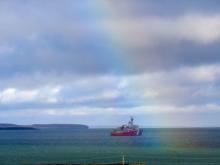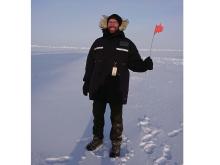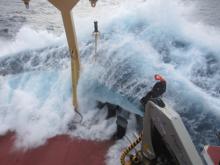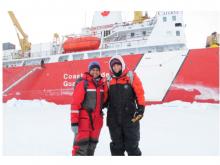Update
Now Archived! PolarConnect event with Dave Jones and researcher Mike DeGrandpre from Montana discussing research aboard the CCGS Louis S. St-Laurent in the Beaufort Sea. You can access this and other events on the PolarConnect Archives site.
What Are They Doing?
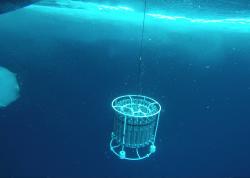
The Arctic Ocean is changing rapidly. The changes have important implications for global carbon cycling, global fisheries and ocean acidification. There are many intertwining processes, however, that make future predictions difficult. This project will make important contributions to our understanding of the global carbon cycle and ocean acidification by providing Arctic scientists with high quality carbon cycle data to use in model development and as a baseline for comparison with future carbon parameter measurements.
Where Are They?
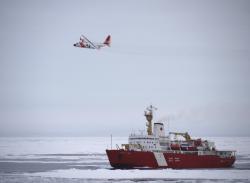
Latest Journals

Mike DeGrandpre became fascinated with science and chemistry after ruining his mother’s card table with an incendiary chemical reaction at the age of 10. He enrolled in chemical engineering at Montana State University in 1981 and then went on to obtain a Ph.D. in analytical chemistry at the University of Washington in Seattle in 1990. His research at the University of Montana was focused on fiber optic-based chemical sensors. He used this knowledge as a post-doctoral scholar at Woods Hole Oceanographic Institution to develop a successful CO2 sensor (the “SAMI”) for marine applications. He came to the University of Montana in 1996, to, oddly enough, continue his ocean-focused research. The SAMI sensor technology has been a career-long endeavor, with the development and commercialization of related sensors while also using the sensors in aquatic environments, improving our understanding of the global carbon cycle and ocean acidification. His current research is focused on the Arctic Ocean carbon cycle and development of an autonomous alkalinity sensor.

